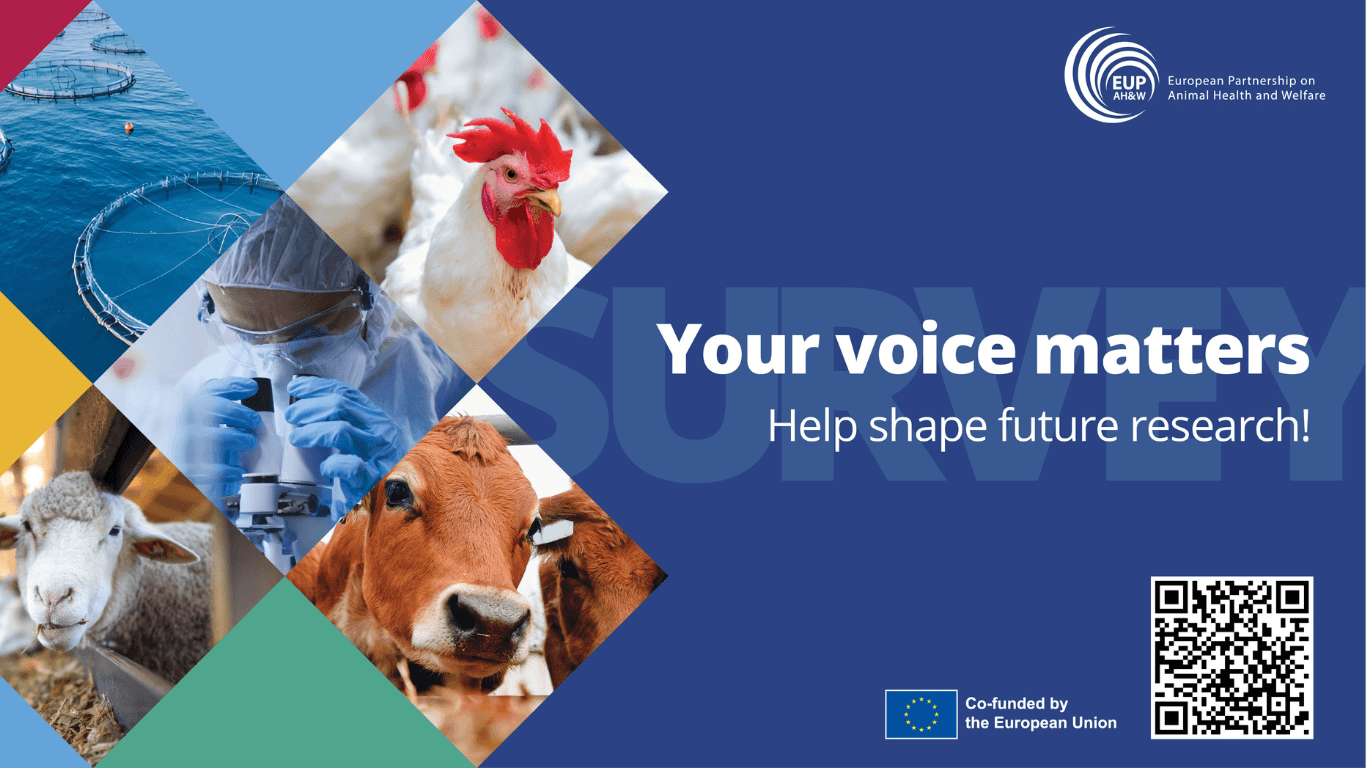
Silent but deadly: world-wide increase in alveolar echinococcosis, a fatal food-borne parasitic disease
Paper link: https://authors.elsevier.com/a/1lK2f_XVyhUEux
Paper citation: Casulli, A et al., Unveiling the incidences and trends of alveolar echinococcosis in Europe: a systematic review from the KNOW-PATH project. Lancet Infect Dis, 2025. THELANCETID-D-25-00333R2; S1473-3099(25)00283-X
European health experts have used medical records to show how a rare and fatal, parasitic disease in Europe is becoming a growing issue for more people, raising concern over the reporting of the disease.
Human alveolar echinococcosis (AE)1, a rare zoonotic disease, is fatal to humans if left untreated. Caused by the larval stage of the fox tapeworm (E. multilocularis), AE was previously found in specific regions of the Northern Hemisphere (including Europe and North America). In Europe, the life cycle of the parasites is perpetuated mainly by foxes and small wild rodents (dogs can be infected). Humans are infected by ingesting parasite eggs present in the faeces of foxes that contaminate the environment, water, fruit and vegetables. Symptoms can take years to emerge, making the disease difficult to track back and to treat. Recent research published in the journal “The Lancet Infectious Diseases”2 has shown that the number of reported cases of AE has increased in Europe during last 25 years. These numbers are low, and many more cases are not reported or diagnosed, according to the first multicentre study led by the new “European Union Reference Laboratory for Public Health on Helminths and Protozoa” at the Istituto Superiore di Sanità (ISS – Rome, Italy).
This research, part-funded by the KNOW-PATH project within the European Union’s Horizon European Partnership on Animal Health and Welfare3, and led by Dr Adriano Casulli4 from ISS, involved colleagues from across Europe. Health experts studied published research of AE cases in humans between 1997 and 2023 and identified 4207 cases across Europe. This review has highlighted how AE has been under-reported and misdiagnosed in humans, generally due to a delay between exposure and the development of symptoms lasting 5 to 15 years. Researchers conclude that the real burden of this neglected parasitic infection occurring in Europe is underreported and probably higher.
Dr Adriano Casulli says, “The incidence of this human parasitic disease is on the rise in inhabitants, but we think this figure is underestimated. This has an impact on healthcare costs within Europe as those who are infected need lifelong treatment. We urge governments to increase surveillance of Echinococcus multilocularis in animals and humans in Europe in a One Health perspective”.
This paper highlights a worrying expansion of a fatal disease into new geographic areas. Given that this disease is often undetected until its advanced stages, it poses serious diagnostic and treatment challenges, prompting renewed calls for heightened surveillance, public awareness, and preventive measures.
1 Alveolar echinococcosis (AE) is a zoonotic disease (a disease that is transmitted to humans from animals) and is caused by infection with E. multilocularis (a tapeworm parasite). It has an asymptomatic incubation period of 5–15 years and results in a primary tumour-like lesion, which is usually located in the liver with potential metastasis. Clinical signs include weight loss, abdominal pain, general malaise, and signs of hepatic failure. If left untreated, AE is progressive and fatal. Tape worm hosts include foxes or other carnivores (including domesticated dogs and cats), with small mammals acting as intermediate hosts.
2 The academic journal, The Lancet Infectious Diseases, is an internationally trusted source of clinical, public health, and global health knowledge. It has an Impact Factor of 36·4, ranking first out of 132 infectious diseases journals (2023 Journal Citation Reports®, Clarivate 2024), and a CiteScore of 60·9, ranking second out of 344 infectious diseases journals (Scopus) globally.
3 The European Partnership on Animal Health and Welfare (EUP AH&W) is funded by the European Commission (EC) to research the control of infectious diseases of animals and to promote animal welfare. The views and opinions expressed in this article are those of the author(s) only and do not necessarily reflect those of the European Union or the European Research Executive Agency. Neither the European Union nor the Granting Authority can be held responsible for them. European Partnership on Animal Health and Welfare (EUP AH&W) is co-funded by the European Union’s Horizon Europe Project 1101136346 EUPAHW. This work forms part of SOA 11 project within EUP AH&W (SOA 11- Know path knowledge on priority pathogens infectious diseases and their detection methods) more information can be found at https://eupahw.eu/projects/procedures-methodologies-and-tools-to-analyse-animal-health-and-welfare/know-path-knowledge-on-priority-pathogens-infectious-diseases-and-their-detection-methods
4 Adriano Casulli, PhD, is the “WHO Collaborating Centre for the Epidemiology, Detection and Control of Cystic and Alveolar Echinococcosis (One Health)”, “European Union Reference Laboratory for Parasites”, “European Union Reference Laboratory for Public Health on Helminths and Protozoa” and Research Director at the Department of Infectious diseases at the Italian NIH (Istituto Superiore di Sanità, Rome, Italy). He is an international public health research expert in the field of Neglected Tropical Diseases (NTDs) with a focus on molecular and clinical epidemiology on cystic and alveolar echinococcosis.
For more information about the European Partnership on Animal Health and Welfare (EUP AH&W), please visit our webpage



